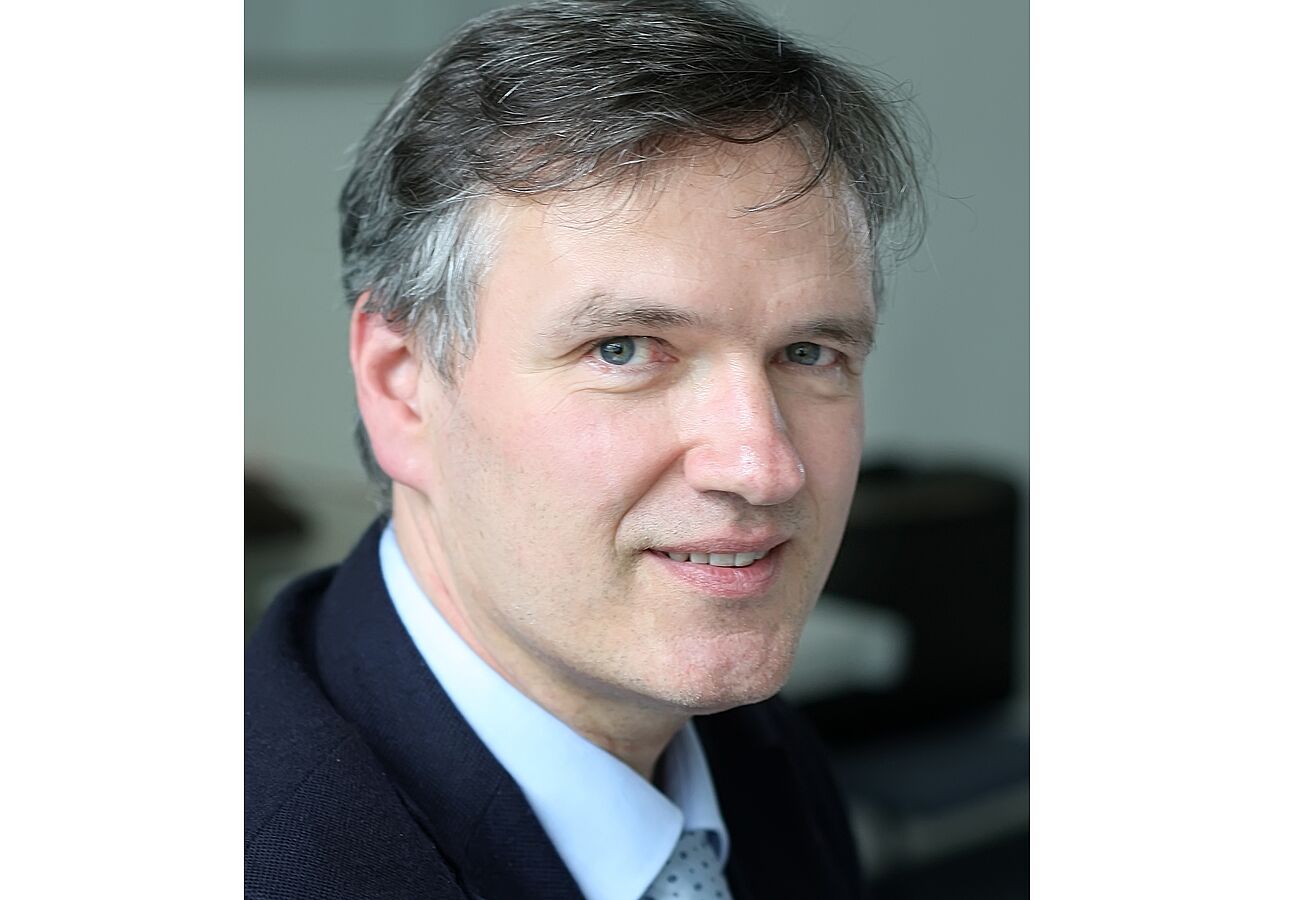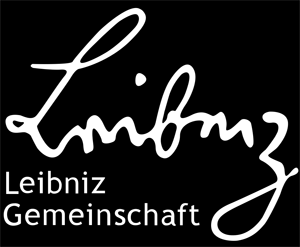For the second time, an ERC Advanced Grant has been awarded to Prof. Thomas Elsaesser of the Max Born Institute and Humboldt University in Berlin.
Thomas Elsaesser receives a prestigious Advanced Grant from the European Research Council (ERC) which supports, for a period of 5 years, basic research on dynamic electric interactions of DNA and RNA with ions and their water environment. The ERC Advanced Grant is endowed with up to 2.5 million euro and awarded to top researchers in Europe pursuing groundbreaking high-risk projects in science.
Biological macromolecules exist in an environment of water molecules and solvated ions, which fluctuates on a multitude of time scales. The electric water dipoles and charged ions exert electric forces on the biomolecules and, thus, strongly influence their structure and biological function. Understanding such interactions at the molecular level is a major scientific challenge; presently, their strengths, spatial range and interplay with other non-covalent interactions are barely known.
The present project BIOVIB aims at introducing the new paradigm of a direct time-resolved mapping of molecular electric forces on sub-nanometer length scales and at the genuine terahertz fluctuation frequencies (1 terahertz (THz) = 1012 Hz = 1012 oscillations per second). Vibrational excitations of DNA and RNA at the interface to the water shell serve as sensitive noninvasive probes of charge dynamics and local electric fields. Their response to electric forces is mapped by multidimensional vibrational spectroscopy with a femtosecond time resolution (1 femtosecond (fs) = 10-15 s), a method which allows for discerning electric forces from water and ions in a site-specific way. The electric interaction strength occurring in the native systems will be calibrated in benchmark experiments with external THz fields.
The experiments and theoretical analysis focus on single- and double-stranded RNA and DNA structures at different hydration levels and with ion atmospheres of controlled composition, structurally characterized by x-ray scattering. As a ground-breaking open problem, the role of magnesium and other ions in DNA and RNA structure definition and folding will be addressed. The impact of site-bound versus outer ions will be dynamically separated to unravel mechanisms stabilizing secondary and tertiary RNA structures. Beyond RNA research, the present approach holds potential for fundamental insight in transmembrane ion and water channels.
Thomas Elsaesser is a director at the Max Born Institute for Nonlinear Optics and Short Pulse Spectroscopy and a professor for experimental physics at Humboldt University, Berlin. With his research on ultrafast phenomena in condensed matter, including liquids, biomolecular systems, and crystalline materials, he plays a leading role in ultrafast science worldwide. In his experiments, he combines methods of femtosecond spectroscopy and structure research with x-rays. He has received numerous awards for his scientific work, among them a first ERC Advanced Grant in 2009.

